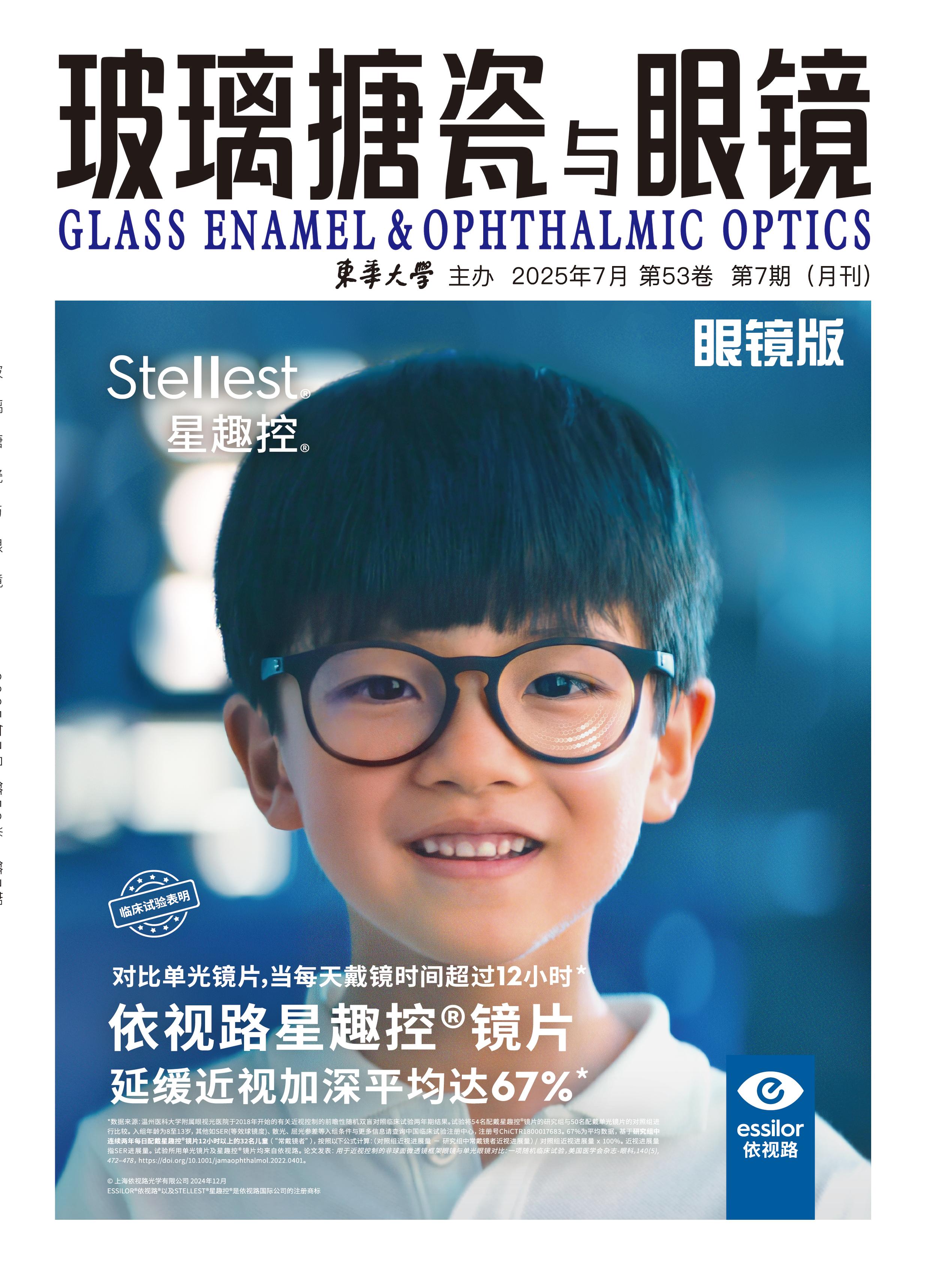
As a key parameter of glass mechanics and an indispensable basic parameter for measuring stress of glasses, photoelastic constant is closely related to the chemical composition and structure of glasses. In this paper, the development of methods for measuring the photoelastic constants of glasses is reviewed. By introducing the measurement methods of interferometry and polarization, the potential application of photoelastic constants in high precision stress analysis of glass materials is prospected.
Bubbles are one of the main defects of electronic glass substrates, especially the bubbles with diameter of greater than 0.3 mm, which will destroy the preformance of electronic glass and result in decrease of the yield or even a large number of waste products in following processing of the glass substrates. This is the quality defect with a high frequency. The measures such as improving batching control and the constant water in the batches, improving the water box at feeder inlet to keep the furnace pressure stable, and optimizing the heat load distribution have promoted to enhance the refining efficiency and reduce bubble defects.
The quality of photoelectric display glass substrate has a significant impact on the qualified rate of panel factory. In general, the quality control of photoelectric display glass substrate mainly include the control of thickness, warpage, stress and other physical characteristics, as well as the quality control of surface defects, surface particles, inclusions and edge grinding. Actual products in the client use process are still present kinds of raw material (photoelectric display glass substrate) problems due to the different processing technology. In order to improve the quality of photoelectric display glass substrate and reduce the failure rate of products for customers, it is necessary to optimize the quality control of photoelectric display glass substrate, reduce the invalid control and refine the key control items.
Photoelectric glass substrate is one of the most basic photoelectric display material. If there are surface particles, surface stain and surface particle aggregation in the photoelectric glass substrate, they will cause the panel film to peel off or disconnect, and display problems such as dark spots and bright spots, which will affect the display quality and yield. With the development of high definition displays, the requirements for the ability of photoelectric glass substrate cleaning should be improved urgently. By analyzing the cleaning equipment unit structure and improving cleaning methods, the present cleaning method of photoelectric display glass substrate was optimized. These reduce the adverse event rate of product in the customer and improve the displays’ proformance.
Glass is one of the main materials in sightseeing elevator. Transparent glass used in sightseeing elevator is one of the most different characters from passenger elevator. This paper analyzes the functionality and decoration of glass in sightseeing elevator from four aspects, then make a prospect the application.










